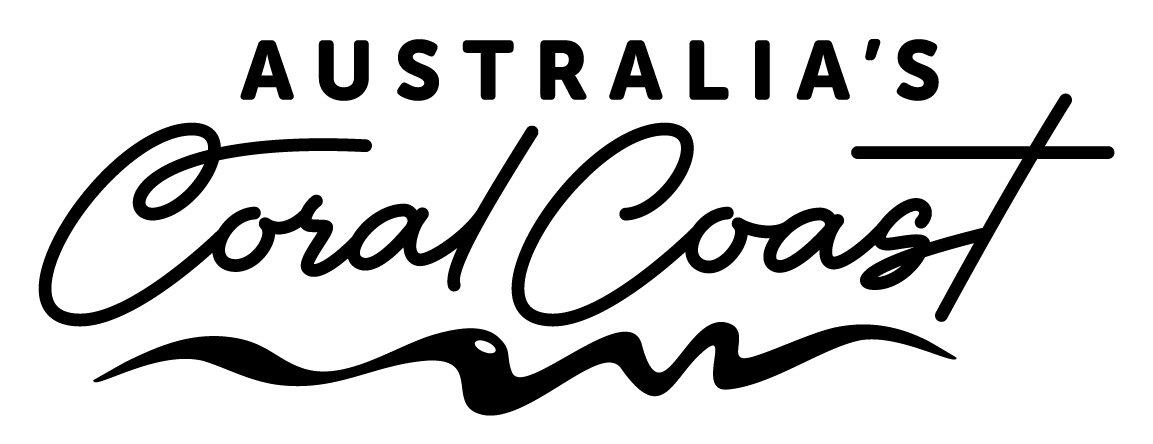Australia’s Coral Coast acknowledges the First Nations’ people throughout the region and their continuing connection to the land, waters and culture. We pay our respects to all Aboriginal peoples; Elders past, present and emerging.
© Australia’s Coral Coast




